Saint Louis, King of France, and a Page 1597
by El Greco
Painted in Toledo between 1590 and 1597, this work seems to have been commissioned by Luis de Castilla, El Greco's future executor, who apparently wanted a depiction of his patron saint. After the Counter-Reformation began emphasizing the Catholic worship of saints, El Greco received many commissions to paint such figures, especially the apostles and Saint Francis of Assis...
- Size:
- 120 x 96 cm
- Medium:
- Oil on Canvas
- Credit:
- Courtesy of Wikimedia Commons
More from this artist...
Loading...


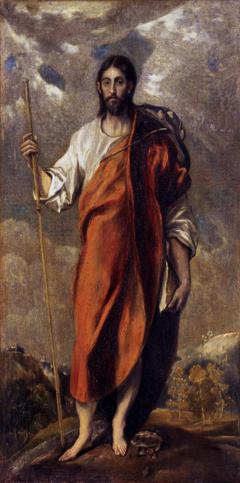
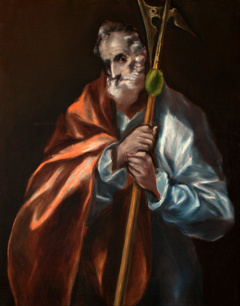
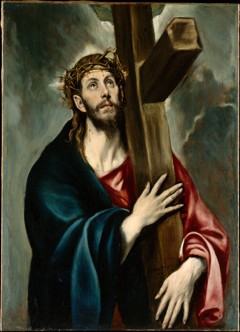
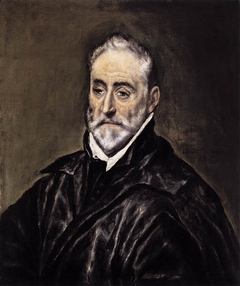
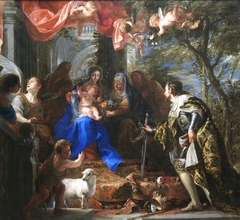

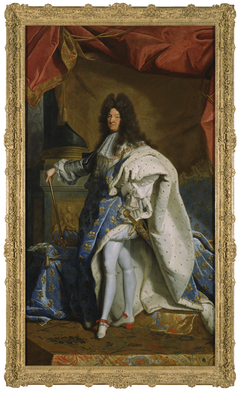
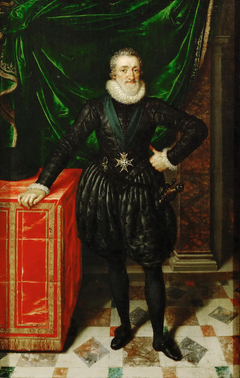
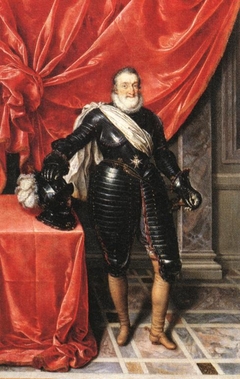
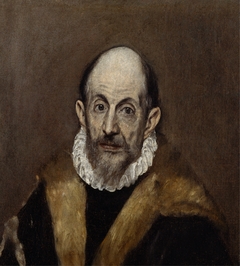
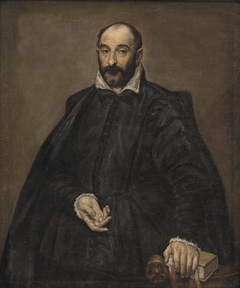
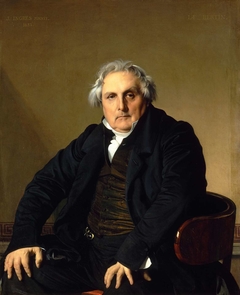
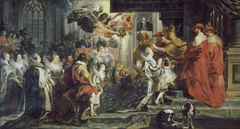
Discussion